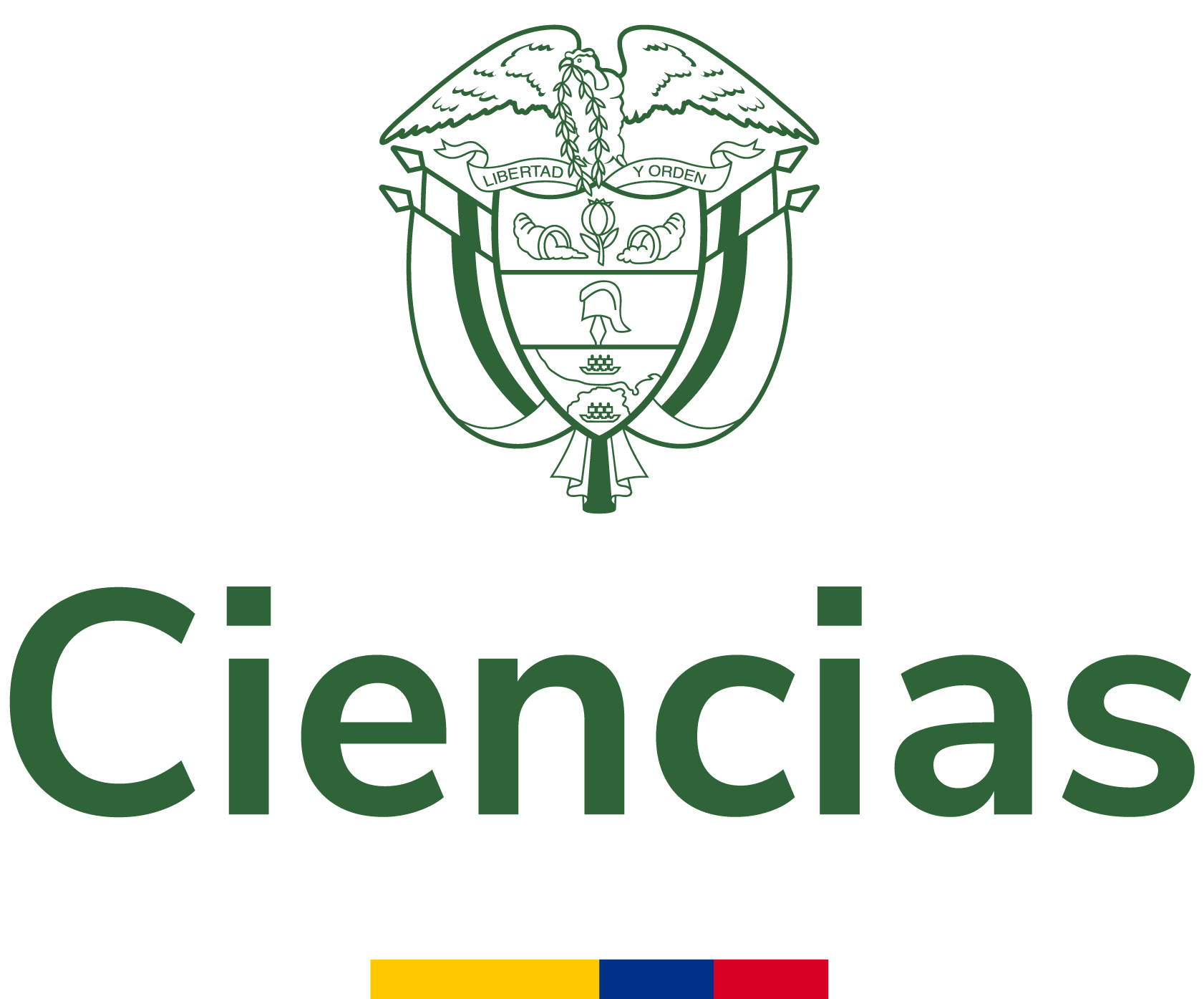Evaluación del proceso de recuperación de litio y cobalto presentes en baterías gastadas de ion-li de vehículos eléctricos e híbridos por medio de un proceso de lixiviación ácida
Used lithium-ion batteries from electric bicycles, with 56 electrochemical cells (26 rectangular cells and 30 cylindrical cells), were subjected to a pre-treatment procedure that involves a physical and chemical separation of the components of interest, obtaining as starting material approximately 2...
- Autores:
- Tipo de recurso:
- Fecha de publicación:
- 2019
- Institución:
- Universidad de América
- Repositorio:
- Lumieres
- Idioma:
- spa
- OAI Identifier:
- oai:repository.uamerica.edu.co:20.500.11839/7410
- Acceso en línea:
- https://hdl.handle.net/20.500.11839/7410
- Palabra clave:
- Lixiviación ácida
Litio
Cobalto
Baterias ion-litio
Acid leaching
Lithium
Cobalt
Lithium-ion batteries
Tesis y disertaciones académicas
- Rights
- License
- Atribución – No comercial
| Summary: | Used lithium-ion batteries from electric bicycles, with 56 electrochemical cells (26 rectangular cells and 30 cylindrical cells), were subjected to a pre-treatment procedure that involves a physical and chemical separation of the components of interest, obtaining as starting material approximately 2100 g of cathode active material in the form of LiCo0.33Ni0.33Mn0.33O2, where by applying an X-ray diffraction test to the sample the presence of this oxide was confirmed, then the sample was analyzed by flame atomic absorption spectrometry , thus determining the initial metallic composition of the sample. Simultaneously, a bibliographic review was carried out with the objective of selecting the acid leaching system using the summation method where the use of citric acid and hydrogen peroxide was chosen as the most appropriate reagents to carry out the leaching process. An experimental model was developed to carry out the acid leaching in which the reaction time, citric acid concentration, leaching temperature and solid/liquid ratio were manipulated in order to obtain the optimal conditions that achieve the highest leaching efficiency. |
|---|






